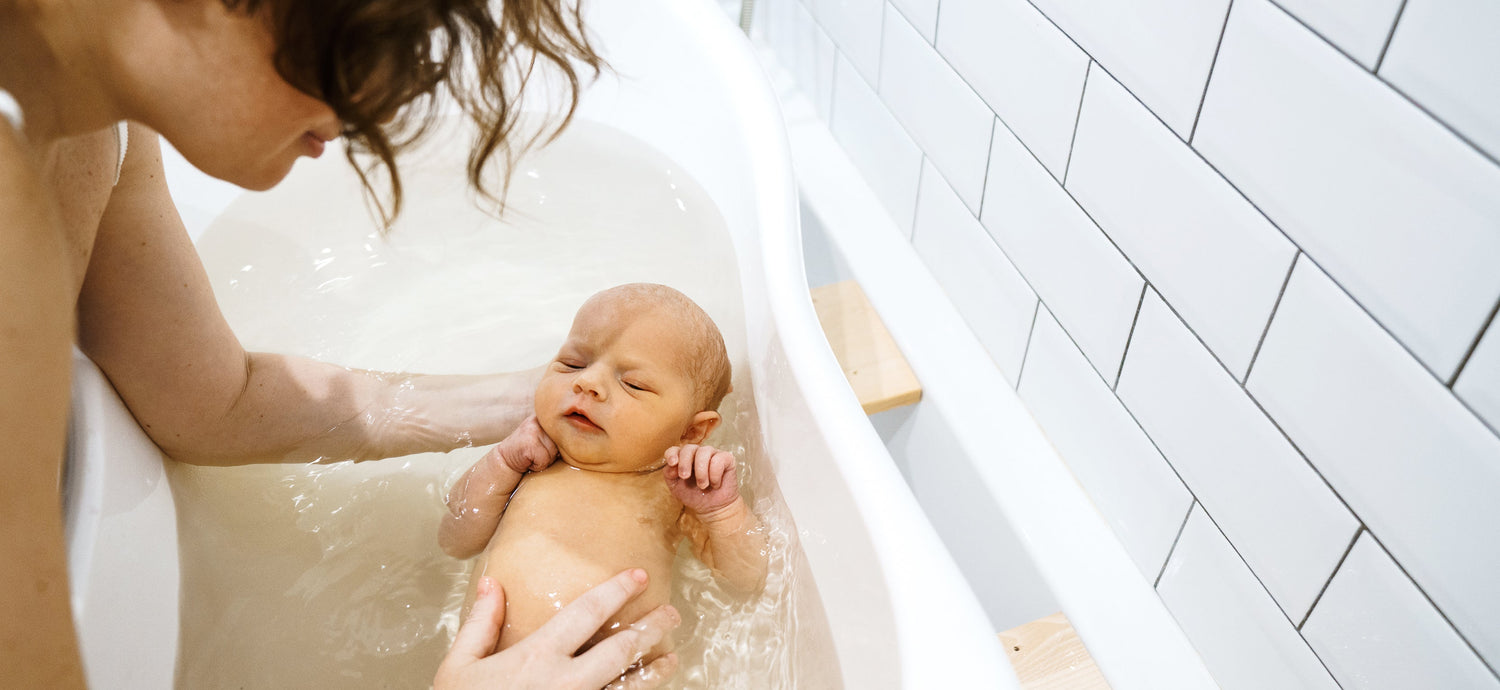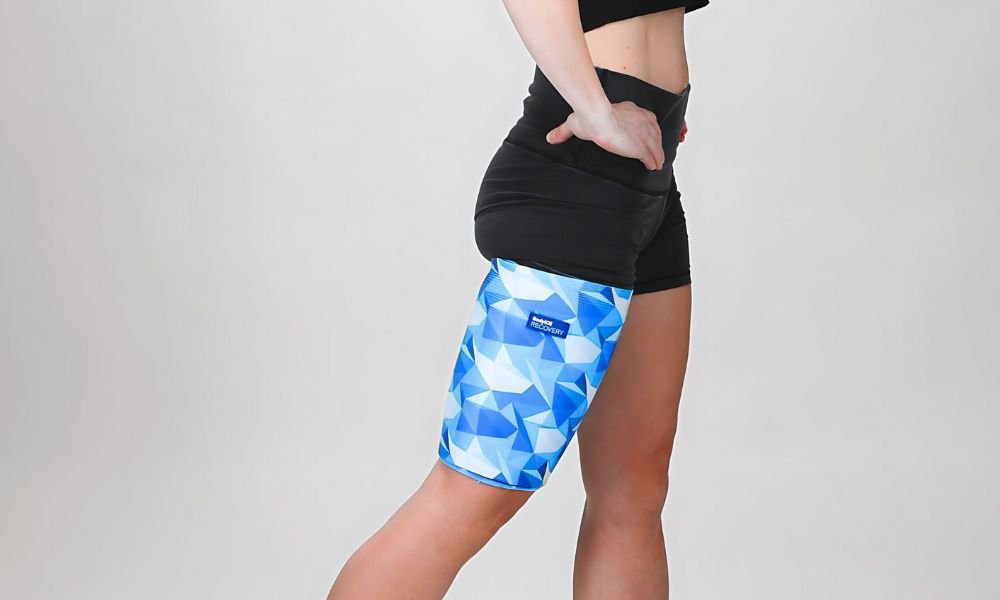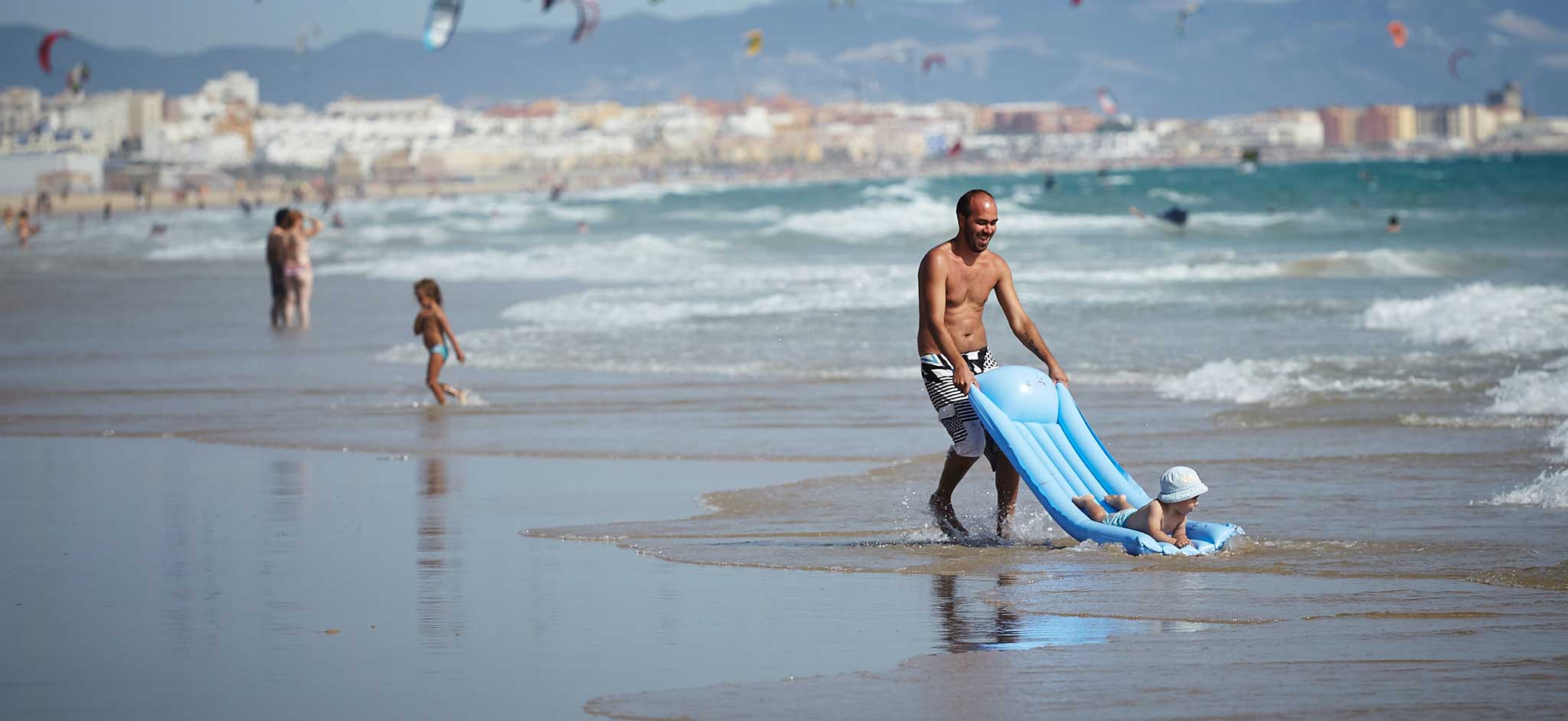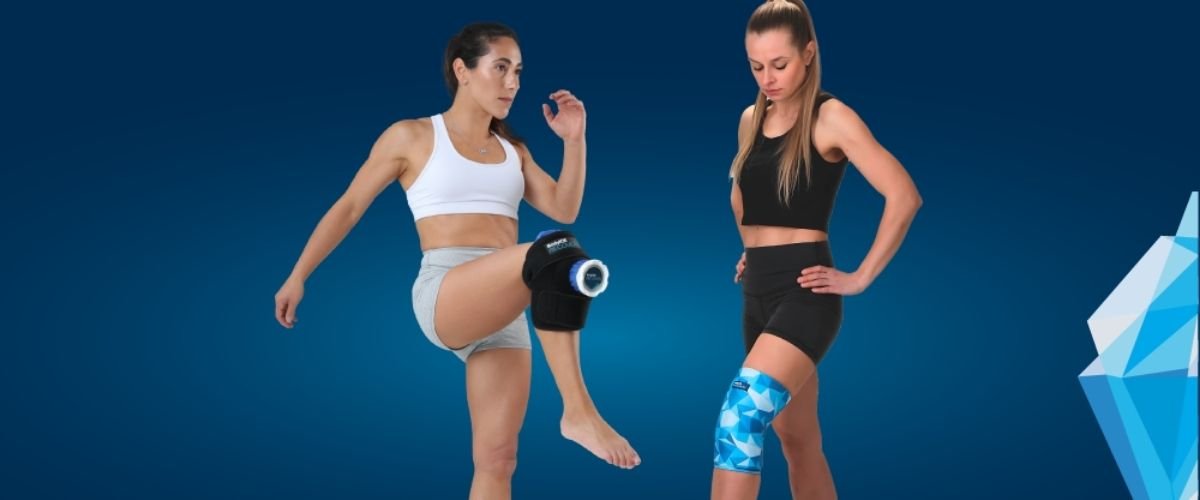ITS BATH TIME !
Bathing your baby can be a wonderful experience for both you and the baby. The first thing to do is to have everything organised before you wake the baby up or undress the baby.
- Have the bath filled with warm water (around 38 degrees), deep enough so it comes right up to your baby’s neck.
- Have two clean towels and face washer, a clean outfit for the baby, a new nappy, a singlet and a wrap.
- It’s lovely to bathe your baby every night, as a bath is calming, warm and relaxing.
- Make sure the bath does not have a seat – it’s safer to hold your baby.
First you undress your baby but leave the nappy on just in case! Wrap your baby up in a towel and hold your baby under your arm so his head is just being tilted over the bath.
Use a face washer to gently rub around his head, face and don’t forget to gently wash between his eyebrows (he can get cradle cap there). Massage around the fontanel area, the soft spot on the baby’s head, to prevent any cradle cap. Cradle cap is just a collection of skin layer, upon layer, upon layer, and often parents are too afraid to rub in the soft area of the head thinking they may hurt the baby. So just massage gently in circular motion around your baby’s head. Then bring your baby back to the table and gently dry his hair in a circular motion.
Now you can undo your baby’s towel and the nappy. Clean your baby’s genital area with some nappy wipes. For boys – there is not need to pull back an uncircumcised foreskin, this happens naturally as the baby gets to 3-4 years of age. For baby girls, no need to clean inside the vulva – wipe gently downwards if the baby has a pooey nappy. Baby girls can have a slight bloody mucousy vaginal discharge in the first few weeks of life. This is normal and nothing to worry about – it’s a hormonal response and it will settle down.
Both boys and girls may have swelling of the breasts – this is called mastitis. Don’t squeeze or touch the breasts, again it's hormonal and it will settle down in a few weeks. Seek medical advice if they become red, hot or have a discharge.
The best way to hold a baby in the bath is to gently lay the baby on your left wrist with your arm under the baby and your fingers grasping his left arm. Hold both legs and gently settle the baby into the bath bottom first, lowering him very slowly into the bath until the water is just at his neck.
You can let the baby’s legs go (still holding the baby by his arm) and let him float and allow him to enjoy the beautiful, deep, warm water. Put your hand on his stomach to make him feel more secure. Your baby will settle down and slowly open his eyes, hands and arms and look around. Try not to do any sudden movements as the baby will get a fright and cry, this needs to be a calm and enjoyable experience.
Let the baby float in the water, watch his eyes open as he starts to relax. There’s no length of time that you need to let your baby stay in the water. If he cries in the bath, the water may be too cold or too shallow. Test the water temperature with a floating digital thermometer before you put your baby in the bath. Your baby may also cry if part of his upper body is wet and exposed to the air.
Keep bathing your baby if your baby is settled and enjoying the water. He might cry when taken out of the bath but only because he is wet and cold. He will be very happy once he gets wrapped up in a towel.
Pat your baby dry, making sure to dry under his arms and between all the creases. If you have two wet surfaces rubbing together it can cause an irritation so gently pat dry all his creases. To dry under your baby’s arms, lift your baby’s arm up by holding his elbow as if you try and lift his arm by the hand, he will instinctively pull it down.
When he is dry put the nappy on first as this will prevent any surprises and ensure you won’t have to bath him again! Always put a singlet on and a onesie and wrap him up in his wrap. Now your baby is now ready for a lovely feed and then bed.
Midwife Cath x
Struggling to wrap your baby? Make sure you check out Cath's video below and she will guide you through her tried and tested "Cath's Wrap". Don't forget to check out our BodyICE Kids range of ice and hat packs. Our heat packs are microwave safe and make a great addition to your bedtime routine - especially in the cold winter months! Just place the heat packs on the sheets before bedtime to warm them up and then remove once you put bub down to sleep.
Author: Midwife Cath
Midwife Cath – Cath Curtin – is a trusted expert in women’s health, pre-pregnancy, antenatal care and education, pregnancy, labour and birth, postnatal care, breastfeeding, and parenting. She has delivered over 10,000 babies throughout her 43-year career. Trained and fully-qualified as a nurse, midwife and maternal and child health nurse, Cath has an incomparable depth of experience. Her book, “The First Six Weeks”, was published by Allen & Unwin in 2016 and is being translated for international markets. Her second book “After, The First Six Weeks” was published in August 2018 and both available through Booktopia. She has a series of popular podcasts Birth Baby & Beyond available on PodcastOne and iTunes.






Leave a comment
All comments are moderated before being published.
This site is protected by hCaptcha and the hCaptcha Privacy Policy and Terms of Service apply.